Artist Apolonia Sokol, Compared To A Young Frida Kahlo, Takes Center Stage In Oscar-Contending Documentary ‘Apolonia, Apolonia’
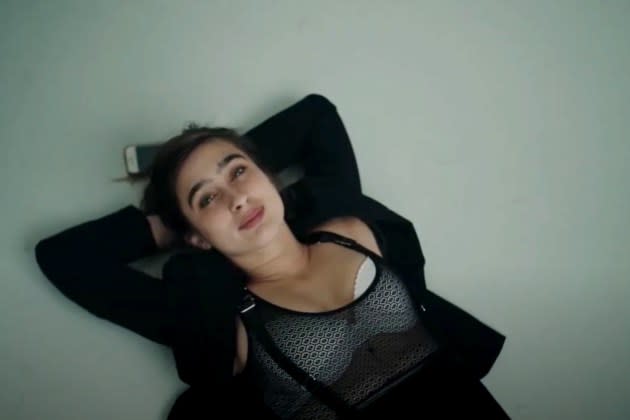
The French artist Apolonia Sokol – focus of the Oscar-shortlisted documentary Apolonia, Apolonia – has been compared to the great Mexican painter Frida Kahlo. She concedes there may be a few parallels, beginning with something of a physical resemblance.
“I was joking a little bit about that — the fact that we have the unibrow and the mustache,” Sokol laughs. “Maybe these are similarities.”
More from Deadline
On a more substantive level, both artists describe themselves as almost possessed by the creative urge. “I paint because I need to,” Kahlo once said. In the documentary directed by Lea Glob, Sokol comments, “I can’t tell the difference between my identity and my work. But there really is no difference.”
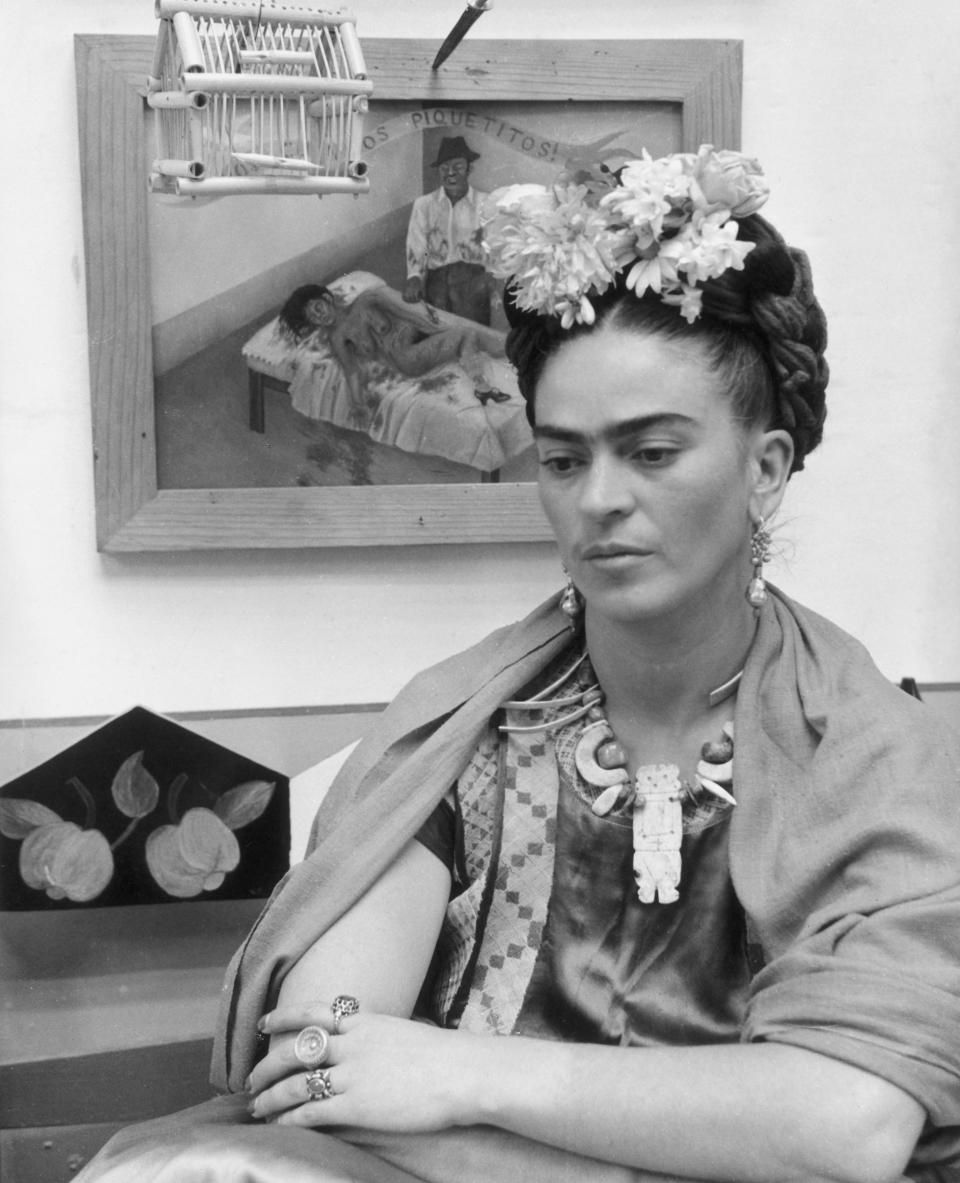
There’s another parallel between them. “What is so interesting about Frida Kahlo is that she was one of the first artists to actually create her own mythology, her personal mythology, for her paintings. ‘Personal mythology’ is a term that we use all the time now, but, before, this word didn’t exist,” Sokol tells Deadline. “She’s building a character with all the paintings. And maybe what is happening with me and the film is that Lea did that for me. She created my mythology.”
Part of the mystique of Apolonia – her mythology – is the effortless way she holds the viewer’s attention throughout the film. The documentary begins with the very first footage Glob shot with her over 15 years ago, showing the young artist in her native element, which is to say surrounded by a revolving cast of Bohemian characters. Sokol lived in a former lavoir (a sort of laundry facility) in Paris that had been converted into a performance space by her non-traditional parents.
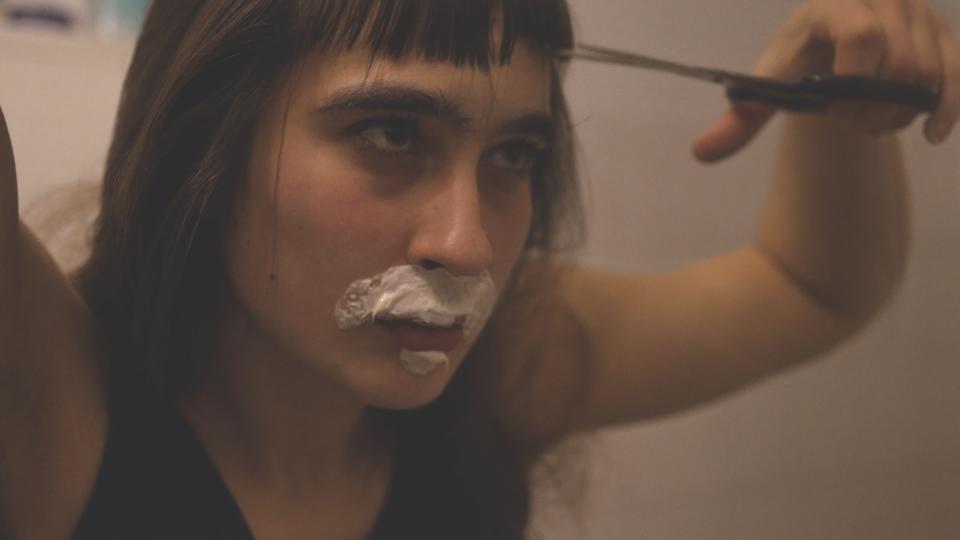
Glob found herself drawn by the gravitational pull of Apolonia’s personality, a forcefield of charisma that attracted many into her orbit. “I don’t know if I captured Apollonia with my camera, or if she trapped me in her theater or something like this,” Glob says. “I still don’t know.”
The Danish filmmaker, reserved by nature, became a sort of shadow self to Apolonia, just as Apolonia was to her; alter egos whose destinies somehow intertwined. There is a duality to the story, which foregrounds Sokol’s journey through a patriarchal art world, and culture, while subtly documenting Glob’s own evolution. Their paths would intersect and diverge and intersect again over the course of the 13 years Glob made the film. But some earlier iterations of the film didn’t feature Glob’s presence other than by implication, as the person presumably holding the camera.
“I saw a lot of versions,” Sokol tells Deadline. “I wanted her to be in the film… I really, really pushed her to do that… I told Lea, ‘But listen, we talk all the time. This is what we do. We’ve been talking for 13 years. We have a relationship. And you’re an artist, you’re an incredible artist, been making a piece of art for so many years and working so hard on it. How can you not be a part of this?’”
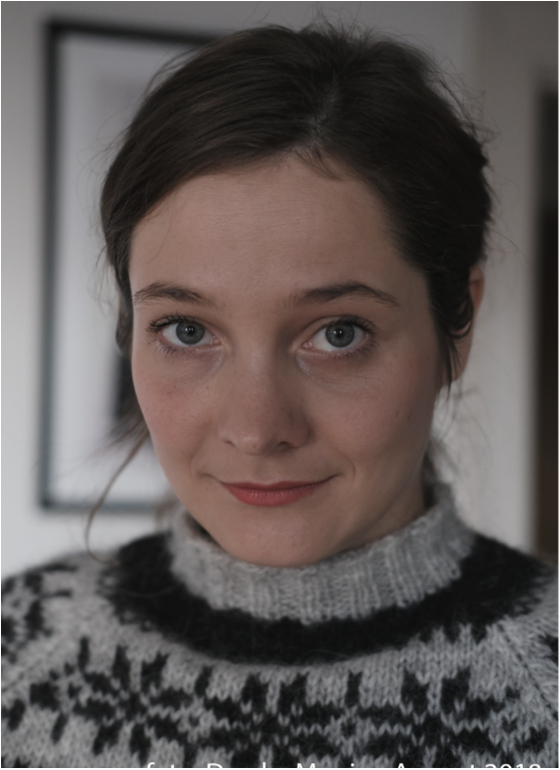
Post-film school, Glob’s cinematic career began to develop, and she directed (with Petra Costa) the award-winning documentary Olmo & the Seagull. But the filmmaker and Sokol remained in frequent contact, as when the artist faced moments of crisis – real or fictive – like the constant threat of eviction from the lavoir/theater space, which was coveted by real estate developers.
“She also knew at some point that it was great to have a camera around you, that it has this power,” Glob explains. “And sometimes she would also call me like, ‘Lea, we are getting kicked out. You have to come.’ ‘Oh, okay.’ I was sitting somewhere else — we were editing Olmo & the Seagull actually, I was like, ‘Ah, I’ve got to go. I have to shoot this.’ And then I arrive and she’s baking meatballs and cooking spaghetti with a new lover. And they’re just sitting around, like, so much in love. And I was like, ‘Okay, so is this big move happening? ‘Yeah, you know, we never know.’”
Apolonia’s budding art career took her to New York and later to Los Angeles. It was in L.A. that she appeared on the verge of falling into the clutches of Stefan Simchowitz, an art collector and “art adviser” (to wealthy clients), who has been described by the New York Times as “the art world’s patron Satan.” In scenes that ripple with suspense, “Simcho” looks to colonize this young talent for his own pecuniary benefit.
“There is a moment where I’m actually really trying to sell out,” Sokol admits, “trying to make it, create a name.”
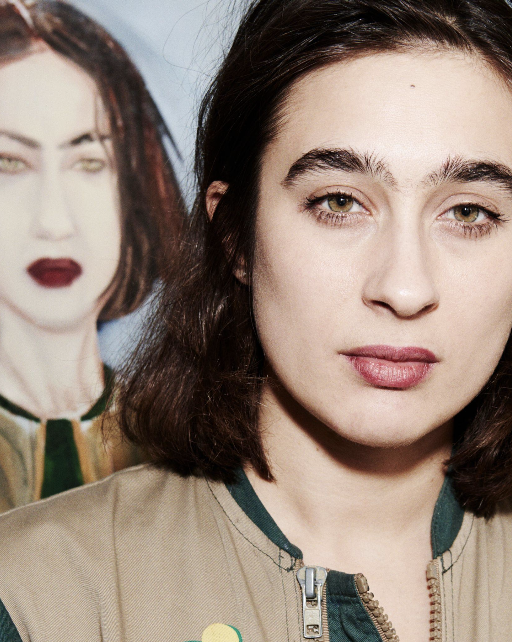
Things came to a head in 2016 during an art fair at the Paramount Ranch, a place outside Los Angeles where (as W magazine wrote) one could observe an unusual sight: “Paul McCarthy’s inflatable butt plug nestled in the cheeks of the Santa Monica mountains.”
In a spontaneous attempt at self-liberation, Sokol — who felt Simcho and people like him choking off her life force — stripped to the nude and assumed an arching, gymnastic pose next to the giant green butt plug. Glob captured the moment, which precipitated Apolonia’s break from Simcho and return to her native environment in Paris.
“When you’re completely desperate, the only thing you have left is your own body,” Sokol says. “And that was very efficient because a week later I received this phone call that [Simcho] did not want to work with me anymore. And that was a good thing because this is not a person you can say no to.”
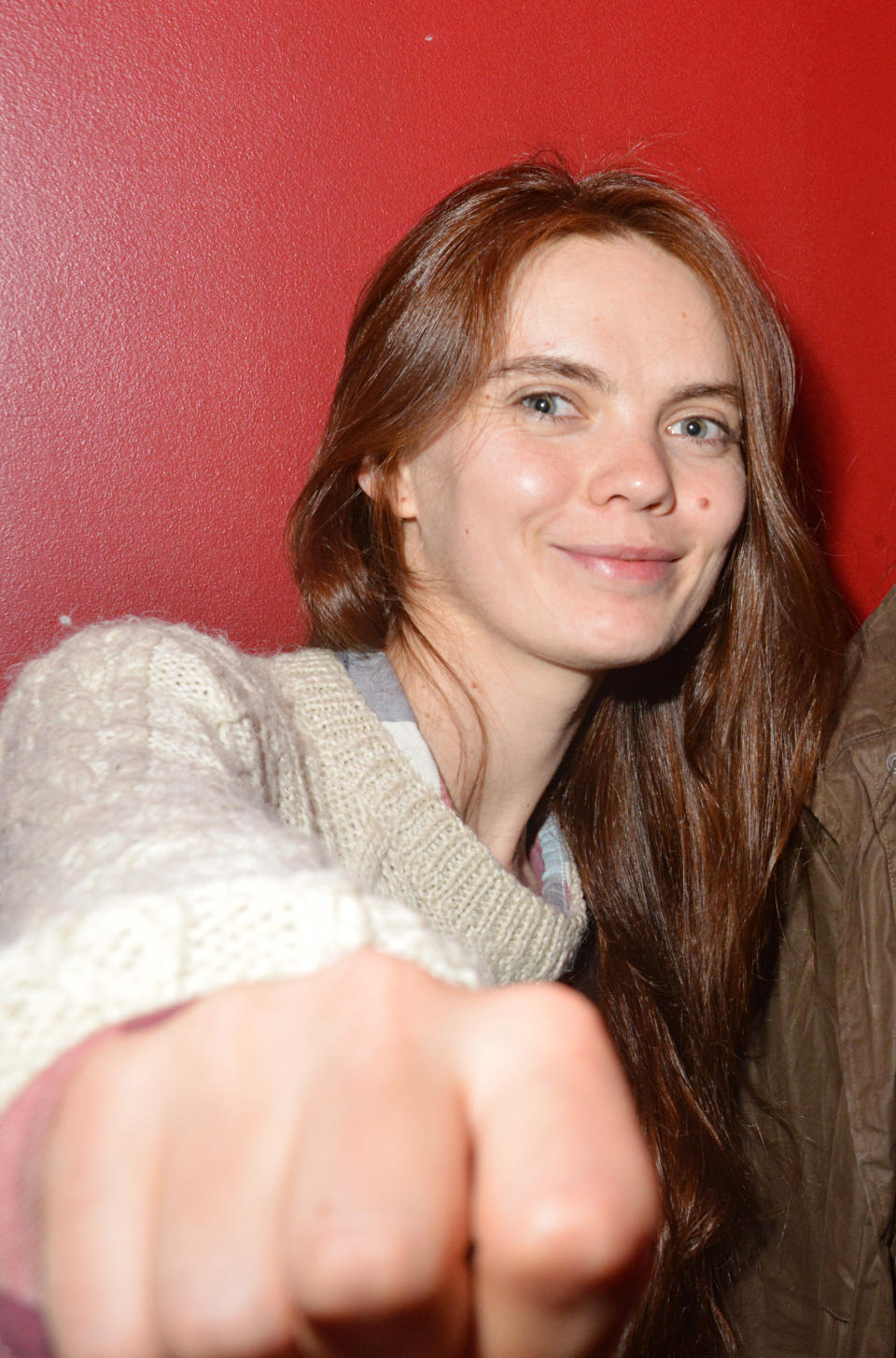
Apolonia’s act of defiance, and use of her body as a statement, was inspired by fellow artist and activist Oksana Shachko, a co-founder of the Femen radical feminist movement who had to flee her native Ukraine over a decade ago under harassment by pro-Russian agents. Shachko and Sokol became extremely close and shared space in the lavoir, compatriots united by a tremendous bond of love and affection, and an intense, mutual desire to confront the patriarchy.
But Shachko, who lived with the constant uncertainties of the exile, seemed doomed. She, Sokol and Glob constitute the pillars of the film.
“What I didn’t understand is that for [Oksana], the most important thing was not art. It was the activism. It was the fight,” Sokol observes. “She didn’t care about being capable of creating something new. She wanted to be useful, and she couldn’t be useful because she couldn’t have [immigration] papers and she couldn’t fight within her own movement.”
As the film advances, Apolonia begins to achieve a degree of renown in the art world, with some observers calling her the next Frida Kahlo. She and Oksana avowedly did not plan to have children, but Glob chose the path of motherhood. However, her pregnancy encountered grave complications and she almost lost her life. Glob expressed concern about troubling symptoms to her doctors, but those worries were dismissed — yet another manifestation of the ways women’s testimonies and experiences are often ignored in a culture ruled by male perspective and prerogatives.
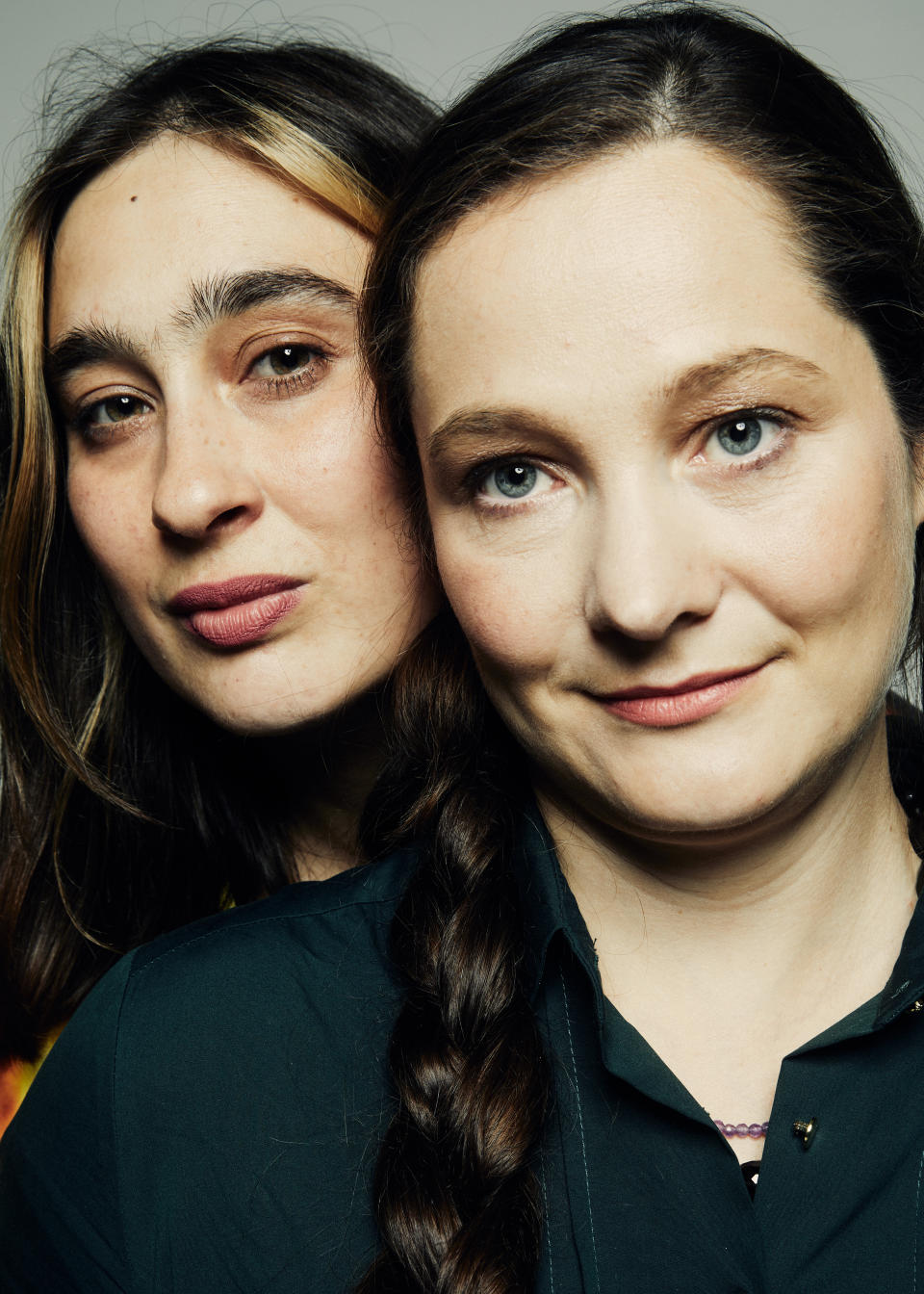
“Because there are these three characters [in the documentary], and not only me, this film is talking to so many women and so many people that are marginalized in our society,” Sokol says. “It’s not just talking about a painter.”
Apolonia, Apolonia won the top prize at the 2022 International Documentary Festival Amsterdam (IDFA), as well as other awards at festivals around the world. It made the Oscar shortlist despite not earning U.S. distribution until this week – it was acquired only days ago by Grasshopper Film and Documentary+. It began playing Friday at DCTV’s Firehouse Cinema in New York.
For Sokol, the film represents validation – not for herself – but for Glob, who worked on the film, crafting its narrative, honing its essence, over more than a decade. Sokol thinks back to those days they first spent time together, in the artistically heady lavoir abuzz with personalities and energy.
“In this theater there was of course a lot of actors and all these different artists that were taking so much space, and one would have to be quite loud to get some attention,” Sokol recalls. “You can only imagine in Paris — Bohemian, pretentious [people], also. And Lea was very humble and very quiet, but she was very determined… She was the most quiet one.”
Apolonia adds, “But 13 years later, it happens that she was the most talented one. Maybe she didn’t take so much space, but she made a masterpiece.”
Best of Deadline
2024 Awards Season Calendar - Dates For Oscars, Emmys, Grammys, Tonys, Guilds & More
New On Prime Video For March 2022: Daily Listings For Streaming TV, Movies & More
Sign up for Deadline's Newsletter. For the latest news, follow us on Facebook, Twitter, and Instagram.


